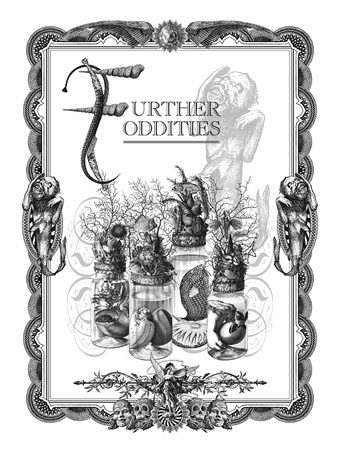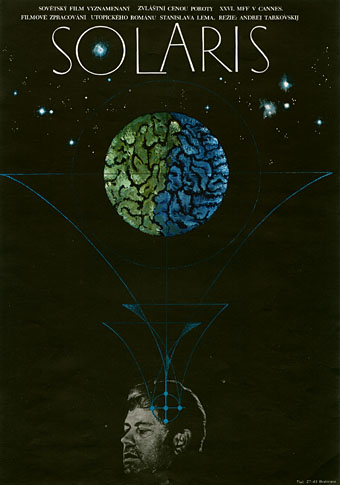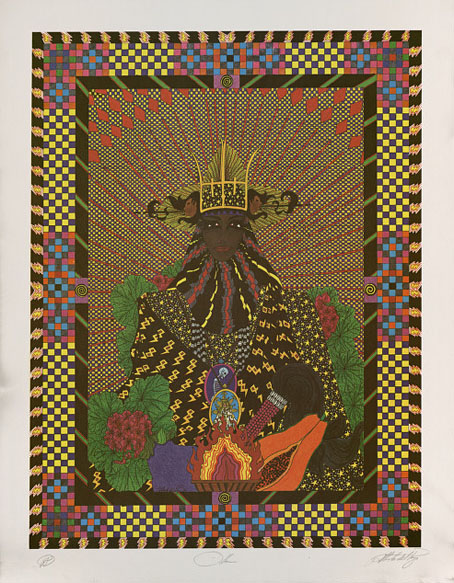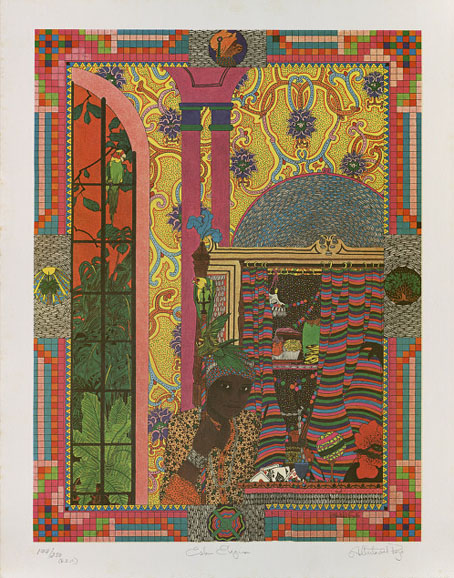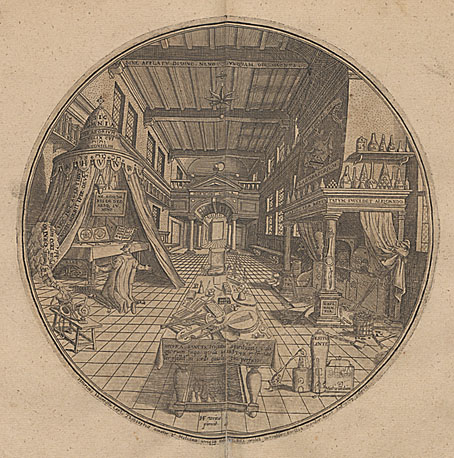
I nearly called this post “Topology of a phantom city” after Alain Robbe-Grillet (and Paul Schütze) but was concerned that might confuse matters. On the other hand, such a title is probably pompous, elitist and obscure enough for the subject in question. Today’s post is necessarily brief since the trouble I keep having with my net connection has recurred this week (rain in the wires) so doing anything at all online is difficult.
Toby Ferris was in touch recently to alert me to the existence of Anatomy of Norbiton which he describes as “a website/work in progress dedicated to the propagation of what can only be described as the (fairly unsuccessful) cult of the Failed Life.” I’d already been pointed to this by Mr BibliOdyssey, and having enjoyed what I saw was surprised it hasn’t been receiving more notice elsewhere. As to the question of what Norbiton is, the inhabitants provide their own description:
The citizens of NORBITON: IDEAL CITY are lazy, idle, negligent, feckless, unrepentant, useless, parasitical. We are false. We are pompous, elitist, obscure, self-indulgent, fat, ugly and old. We are not living life to the full, not making the most of ourselves, not going the extra mile, not putting ourselves on the line. In the great Factory of the World, we are the muck in the kiln, the impurity in the ore, the pollution in the earth, the by-product, the waste, the clutter, the extended tea break, the poor working practice. We are the enemy of self-reliance, productivity, efficiency; of the rewards of labour, the solidarity of the working poor, and the communion of saints.
Sounds to me like Blackpool if it was moved fifty miles inland and deprived of its Pleasure Beach. Or is that merely a description of Blackburn? If you read one of the growing number of Norbiton essays you can decide for yourself how much the place resembles (or doesn’t) somewhere you know but try not to think about. It’s witty and it’s clever and it will reward your attention.

